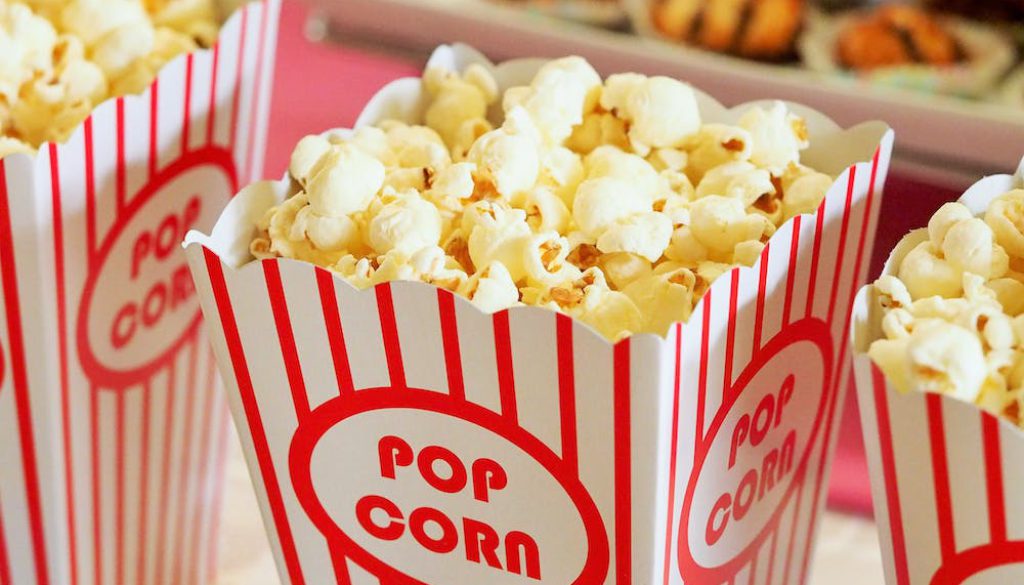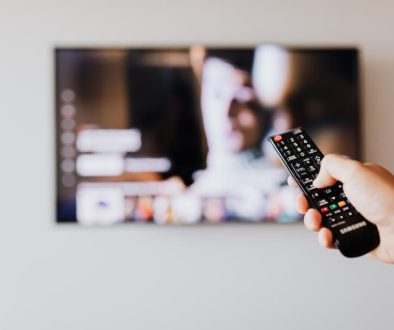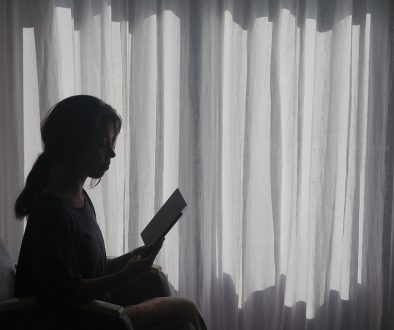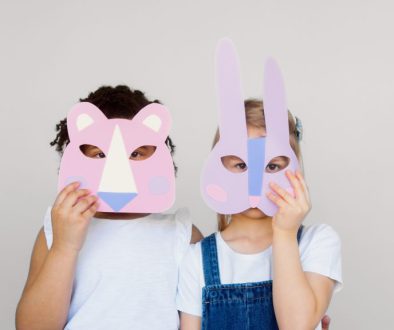In the world of cinema, few figures stand as iconic as the silent actor. Without uttering a word, they conveyed emotions, stories, and humor, leaving an indelible mark on film history. Pioneers like Charlie Chaplin, Buster Keaton, Harold Lloyd, and Mary Pickford transformed the essence of storytelling, proving that sometimes, silence speaks volumes.
Defining the Silent Actor
A silent actor, as the term suggests, performs without the spoken word. Unlike their vocal counterparts, they rely on exaggerated expressions, body language, and visual gags. Their art transcends languages and cultures, connecting universally through the power of non-verbal performance.
The Silent Cinema Saga
Emerging in the late 19th century, silent films quickly captured global imagination. As technology evolved, so did the narratives, with silent actors at the forefront of this cinematic revolution. From heartfelt dramas to side-splitting comedies, the silent cinema era was a testament to pure, undiluted talent.
Charlie Chaplin – The Mime Maestro
Born into poverty, Charlie Chaplin rose to become a beacon of silent film. With his signature bowler hat and cane, Chaplin’s “Tramp” character became a symbol of hope and resilience. His films, like “City Lights” and “Modern Times”, weren’t just comedies; they were reflections on society, love, and the human spirit.
Buster Keaton – The Physical Comedy Prodigy
Buster Keaton, with his deadpan expression, was a master of visual humor. His innovative stunts and impeccable comedic timing set him apart. In classics like “The General” and “Sherlock Jr.”, Keaton showcased a blend of physical comedy and poignant storytelling, making him a legend in both silent cinema and comedy circles.
Harold Lloyd – The Daredevil Comedian
Harold Lloyd, often seen dangling from clock towers or scaling buildings, was the king of risky gags. His fearless approach to comedy, combined with a genuine charm, made him a standout star. Films like “Safety Last!” not only showcased his comedic genius but also his unparalleled dedication to the craft.
In conclusion, while dialogues and soundtracks might dominate modern cinema, the silent actors of yesteryears remind us of the raw, unfiltered essence of storytelling. Their legacy, encapsulated in black and white film reels, continues to inspire, proving that true artistry often lies in the unspoken.




